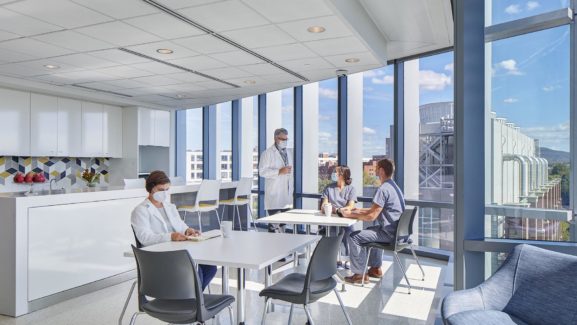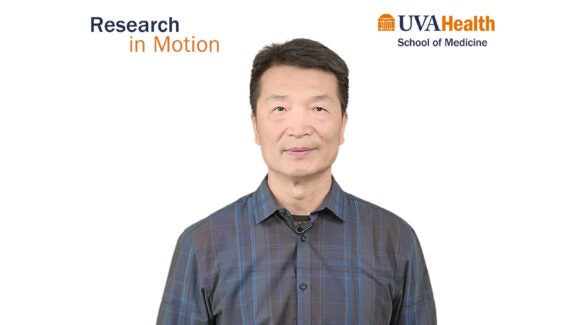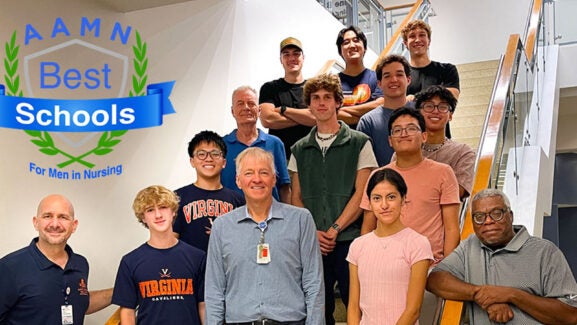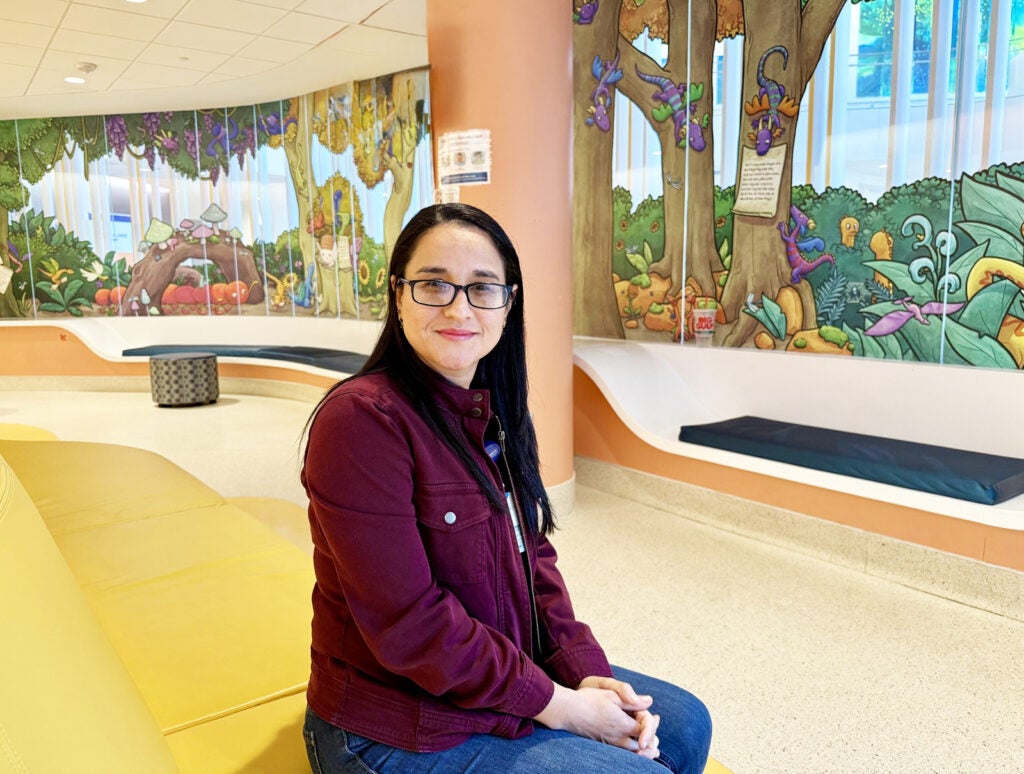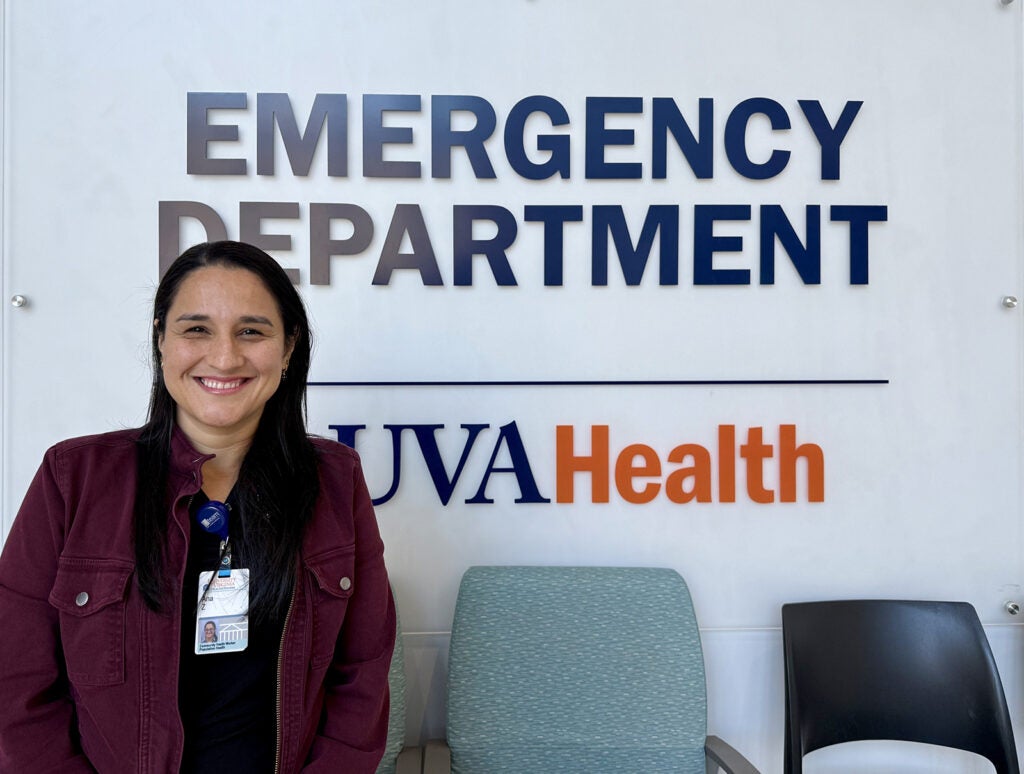
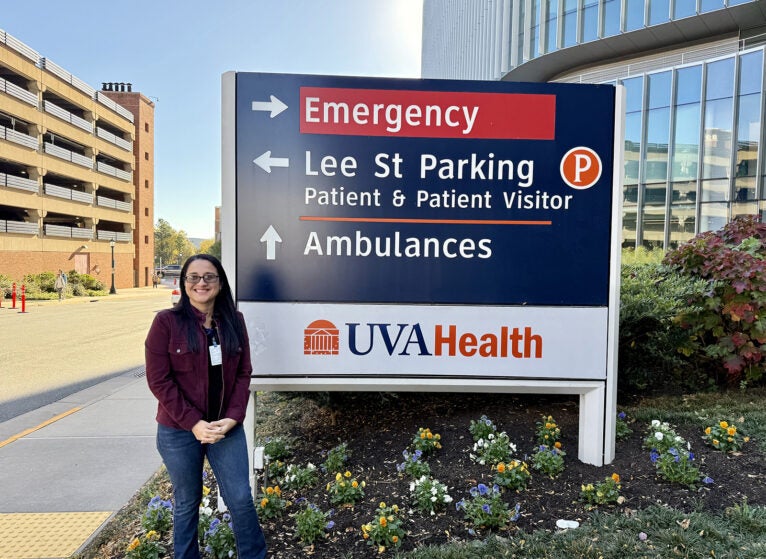
UVA Health Community Health Worker Ana Zuniga
Inside UVA Health’s Pilot to Screen for Social Drivers of Health in the Emergency Department
When a patient arrives at UVA Health University Medical Center’s Emergency Department (ED), the care team’s priority is to provide urgent, high quality medical treatment. But they also recognize the importance of addressing patients’ social drivers of health (SDoH) — the non-medical factors that influence health outcomes such as housing, transportation, and food access.
Lost Opportunity — Found
Despite the team’s good intentions, there wasn’t an established approach to ensure SDoH screening coverage, so those assessments didn’t consistently happen. “The ED team noticed a lot of people were coming through without being screened for social drivers,” explains Betsy Peyton, RN, BSN, Director, Clinical Care Services, WellAware Community Health Worker Program within UVA Health Department of Population Health. “They saw it as a lost opportunity to offer resources to those patients to help remove their barriers to better healthcare.”
Peyton and team began collaborating with ED leaders, Sarah Wendel, MD, MBA, and Nardos Makonnen, MD, to determine the best way to screen patients within a busy ED environment for SDoH and connect them with the immediate, practical resources they needed to stay healthy and access available services. Additional goals: reduce admissions and no-shows to clinic appointments.
'Invaluable' Community-Based Solution
By June 2025, WellAware had a pilot up and running, with the critical component of embedding a WellAware community health worker (CHW) within the ED to help patients navigate the complexities of the healthcare system and support them in managing their own care. CHWs are frontline workers who live in the same communities they serve, sharing lived experiences and building trust with their patients.
“Many patients who present to the ED have complex social needs,” says Dr. Makonnen. “Having a community health worker available to complement existing ED resources is invaluable.”
Two Key Areas
WellAware CHWs receive extensive state-approved training to provide support across:
Conventional Healthcare
- Primary care connection
- Emergency room diversion
- Chronic disease management and support
- Patient advocacy
- Health education and coaching
- Patient navigation
- Transportation assistance
- Accompaniment to appointments
Community-Based Public Health
- Support for social drivers of health
- Neighborhood-based outreach
- Community advocacy
- Community wellness events
- Rebuilding trust in the healthcare system
- Digital literacy training (MyChart support, loaner devices, etc.)
“Having advocates like this who are accessible in the community, approachable, and non-intimidating — this is the kind of help that reaches people where they are — wherever they are in their health journey — and helps them get to a better place,” says Peyton. “We’re making their lives less chaotic so that taking care of themselves can rise above the noise a little bit.”
Going the Extra Mile
For the first few weeks of the pilot, CHW Ana Zuniga screened patients in person. But she soon moved to phone-based follow-ups — boosting the number of patients she could reach by 25 percent. Between June and early September, Zuniga contacted 236 total patients and completed 187 total SDoH screenings. During that time, Zuniga, who is fluent in Spanish, personally accompanied eight patients to a food bank and enrolled seven patients in WellAware for ongoing follow-up.
“Ana found that housing, social connections, and financial risk were some of the biggest themes,” Peyton explains. “Having one designated person whose job it is to get this done is making a difference, and Ana really goes the extra mile.”
Dr. Makonnen adds: “Ana’s exceptional ability to connect with patients enables her to identify their unique challenges and coordinate meaningful support through the population health team.”
Heard and Seen
For Zuniga, her new role is incredibly fulfilling. She says one patient told her they’d gone to another hospital earlier that day for an allergic reaction, but was discharged without relief. At UVA Health, the patient felt heard and received proper treatment, telling Zuniga that UVA Health had saved their life.
"Working in the ED is a challenging but very rewarding experience,” says Zuniga. “It allows me to put myself in the shoes of ED team members and the patients. Being part of this challenge gives me gratification with experience and the opportunity to help, connect, and educate patients. Working with populations from different areas motivates me to continue building bridges to make those resources available."
Post-Pilot
In the future, Peyton would love to add other CHWs to their program.
Follow-up screenings begin January 2026, which Peyton hopes will continue to show reduced admissions and no-shows, and demonstrate what she already sees every day: that when UVA Health comes together across departments to meet patients where they are — whether in their homes, over the phone, or in the ED — outcomes improve, cultivating healthy communities and belonging for all.
Latest News

